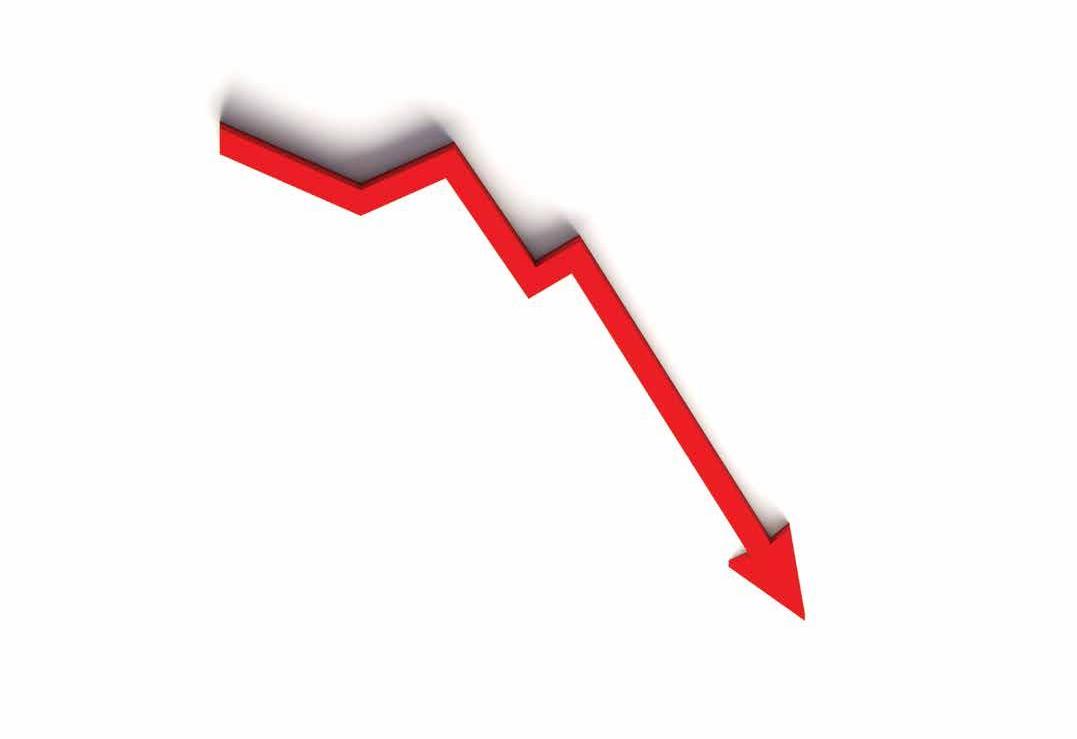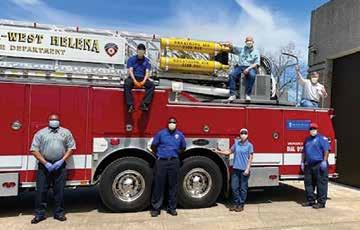By James Chessen AmBA Chief Economist
How Large Credit Unions Are Failing to Meet Their Mission, and How Congress Can Fix It
t
he credit union charter is grounded in the mission of serving the underserved, and in exchange for that worthy undertaking, Congress granted credit unions a federal income tax exemption.
Unfortunately, the biggest credit unions aren’t holding up their end of the bargain. Instead, they are abusing their tax advantage to serve higher income communities and are often shunning low- and moderate-income consumers—and the numbers spell that out.
Large Credit Union Branch Locations
Large credit unions have 10,300 branches in the U.S., but barely one quarter are located in the low-and moderate-income communities they were created to serve.
There are 21,200 credit union branches in the U.S., but just under 14,500 of them are located in middle- and upper-income census tracts according to data from S&P Global’s Market Intelligence. That means less than one third of credit union branches are actually located in the low and moderate income communities they were created to serve.
6%
Upper-income
The Arkansas Banker n Summer 2020
21%
Middle-income
Source: S&P Global Market Intelligence
20
44%
29%
Moderate-income
Low-income AmBA Data Bank
























